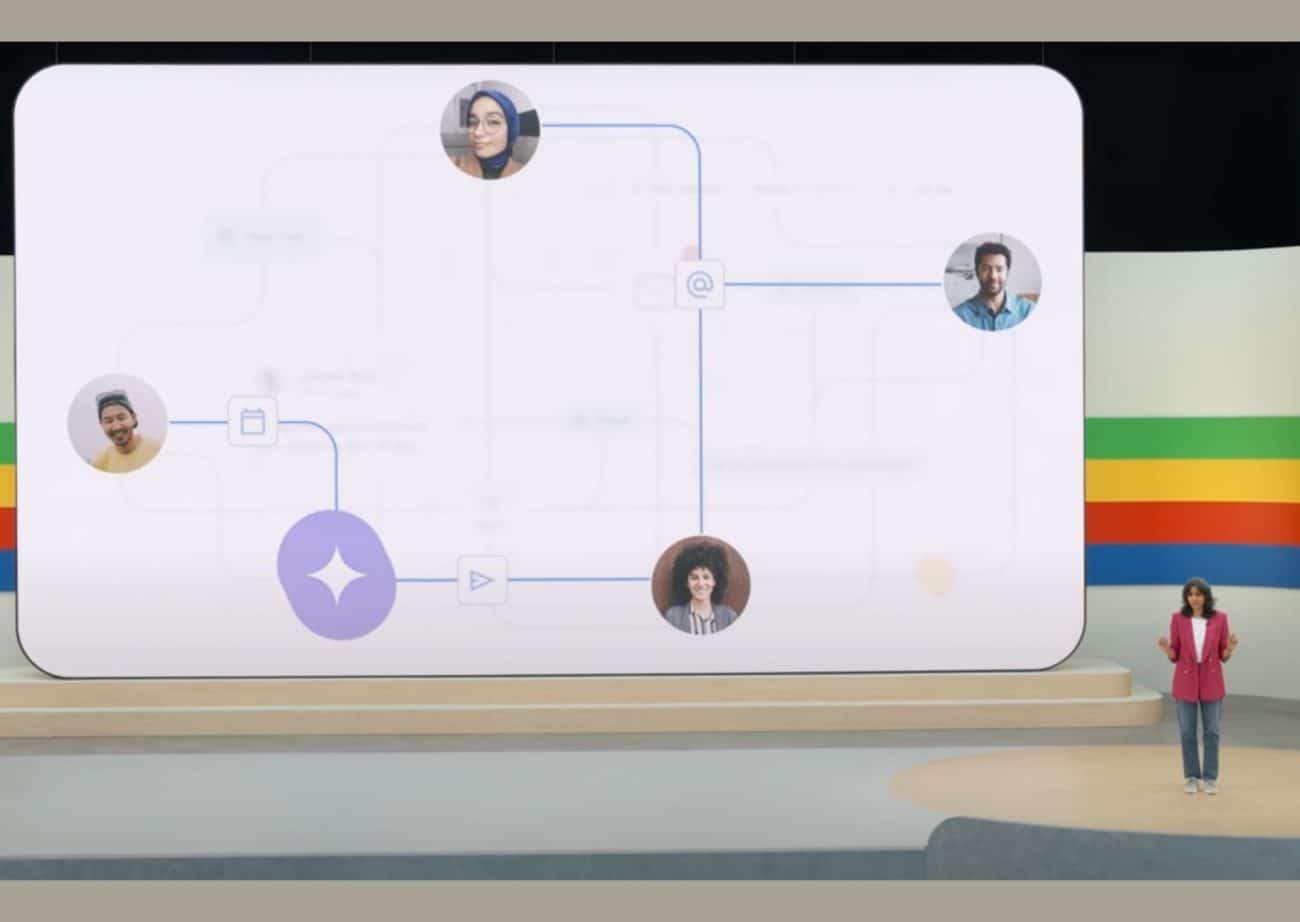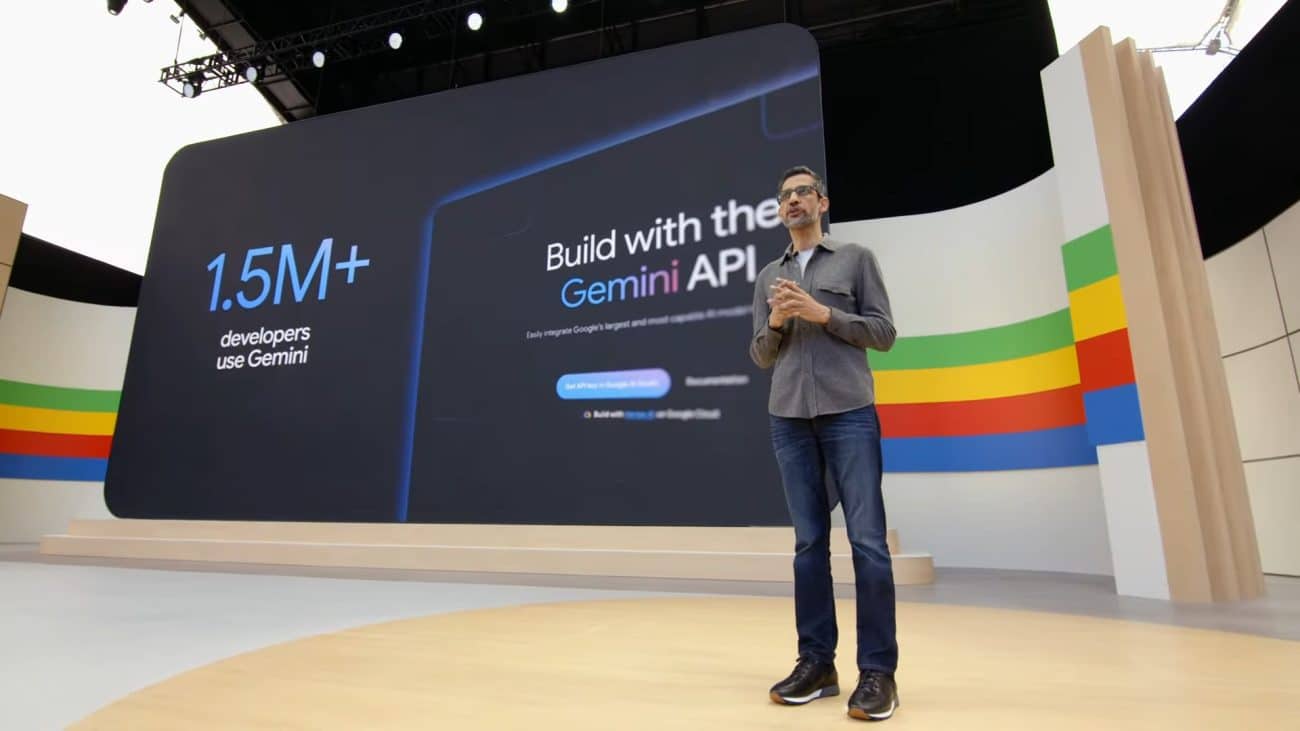Tata Technologies made a bumper debut this year on Indian stock markets, with share price jumping 180% over the Initial Public Offering (IPO) price within minutes. Its stellar debut is backed by its strong emphasis on technology innovation and a commitment to delivering cutting-edge solutions in the rapidly evolving landscape.
The company, which started as an automotive design unit of Tata Motors in 1989, has emerged over the years as a top engineering, research, and development (ER&D) company in the world.
Currently, the company is working with automakers across the globe to develop connected car platforms powered by AI to provide drivers with real-time information about traffic, weather, and road conditions. Recently, AIM caught up with Sriram Lakshminarayan, President and Chief Technical Officer at Tata Technologies, who believes generative AI will transform the automobile industry.
“AI holds considerable importance in the industries we engage with, specifically in automotive, aerospace, and industrial heavy machinery. Across these industries, from the initial engineering stages to the manufacturing process and subsequent aftermarket services, there is a notable integration of generative AI and other cutting-edge technologies,” Lakshminarayan said.
AI revolutionise the Automobile industry
AI is revolutionising Advanced Driver Assistance Systems (ADAS) by enabling real-time analysis of complex driving scenarios. AI algorithms enhance object detection, lane-keeping, and adaptive cruise control, contributing to safer and more efficient driving.
“Cruise control was once regarded as a feature exclusive to high-end cars, but it has now evolved into a common feature across various vehicle models. Similarly, certain ADAS solutions are poised to become standard features in every vehicle, regardless of its price point. This shift signifies a broader trend toward the integration of advanced technologies into the mainstream automotive market,” he said.
In recent times, AI-driven ADAS technologies have increasingly become pivotal in mitigating risks, reducing accidents, and advancing the evolution of autonomous vehicles, which are already running in the streets of many Western countries.
Moreover, technology, particularly AI, will significantly influence how we purchase cars. Consumers will increasingly choose vehicles based on their AI-powered features, reflecting a growing reliance on advanced technologies in the decision-making process.
“The role of dealerships will also be redefined as things become more digital. The shift towards a more digital approach is becoming increasingly prevalent, especially in tech-savvy countries like India. Consumers here are quick to adopt technology, making digital platforms a central aspect of the evolving automotive purchasing landscape.”
Building a Software Defined Vehicle
Modern cars have evolved significantly in the last few years and we have seen a software-oriented approach replacing the traditional hardware-centric approach in automobiles. Earlier this year, Tata Technologies signed a Memorandum of Understanding (MoU) with TiHAN IIT Hyderabad to develop Software Defined Vehicles (SDV) and ADAS.
“In the context of SDV, it is essential to consider four key functions. Firstly, there are cockpit solutions encompassing the entire vertical cockpit experience.”
He believes how we interact with a car will change from an infotainment perspective. Today’s cars often feature personalised recognition, adjusting settings like mirrors based on user preferences. They can even greet users personally.
“The next step is intuitive communication; for instance, if you plan to pick up your son from school and he texts to say he’ll be delayed, the system goes beyond merely notifying you. Instead, it interprets the message, informs you of the delay, and calculates the resulting availability, providing a seamless experience.”
“Secondly, there is the vehicle compute aspect, managing computations related to functions like braking and ensuring the vehicle stops appropriately.”
Cars equipped with AI on the edge can perform complex computations onboard, contributing to a safer, more responsive, and personalised driving experience. However, for this, Lakshminarayan believes there is a need for specialised chips which allow AI to run on the edge in cars.
“Thirdly, the inclusion of ADAS becomes crucial and lastly, cybersecurity plays a pivotal role, given the software-centric nature of these functions.”

How Tata Technologies is driving the transformation
Tata Technologies boasts Tata Motors, a global automotive giant, among its clients. The company’s extensive clientele comprises more than 35 Original Equipment Manufacturers (OEMs), featuring names such as McLaren, VinFast, and Honda. Furthermore, Tata Technologies is actively collaborating with seven of the top 10 automotive Engineering, Research, and Development (ER&D) spenders and five of the foremost new energy ER&D spenders in 2022.
“We assist customers in transforming their concepts from the initial design phase on paper to the complete end-to-end aftermarket implementation. While we don’t engage in manufacturing ourselves, our role involves leveraging technology and applying our expertise to bring these products to life for our clients.”
“The core focus of our operations revolves around New Product Introduction (NPI). We assist customers in transforming their concepts from the initial design phase on paper to the complete end-to-end aftermarket implementation.”
Automobile companies across the globe want to leverage the power of AI to enhance vehicle performance, improve safety features, optimise fuel efficiency, and provide innovative and personalised experiences for drivers and passengers.
To achieve this, OEMs actively seek innovative solutions and accelerators that aid in minimising both technology incubation time and costs. Lakshminarayan believes Tata Technologies possesses the industry knowledge and the necessary technological expertise that an OEM would seek to integrate AI seamlessly into practical use cases.
At the recently held International Congress for Automotive Electronics (ELIV) event in Bonn, Germany, Tata Technologies showcased three distinct solutions. “We showcased Cockpit Solutions in collaboration with Intel. Our demonstration of ADAS solutions featured a combination of Qualcomm and AWS. For vehicle computation, we presented a solution utilising NXP and ARM in conjunction with AWS on the cloud.”
The reason for this demonstration, according to Lakshminarayan, was to highlight the flexibility in choosing different best-of-breed solutions for specific functions or opting for a unified approach. As a system integrator, the company emphasises bringing all these diverse components together seamlessly.

Enabling autonomous
Automotive companies are striving to develop SDVs with autonomous technologies. “What we are currently focusing on involves significant enablement for autonomous systems, particularly in areas such as image processing and annotations.”
The company actively collaborates with its customers on use cases that require detailed image analysis, considering the diverse elements encountered on roads in countries like India. This involves developing AI models capable of predicting and responding to such scenarios.
“Autonomous systems involve processing terabytes of data hourly, requiring advanced analytics and annotations. Our collaboration with customers focuses on developing image processing algorithms, facilitating their journey toward autonomy. While our role doesn’t involve directly creating, for instance, L2 autonomous solutions, we play a vital role in enabling our customers to progress in this transformative journey.”
Lakshminarayan anticipates an increasing array of use cases emerging in the Indian market. “Predicting for India, I foresee substantial growth in autonomous applications. While different levels of autonomy exist, in the Indian context, I project us reaching around L2 plus at most, considering the unique dynamics and challenges in the region.”




































